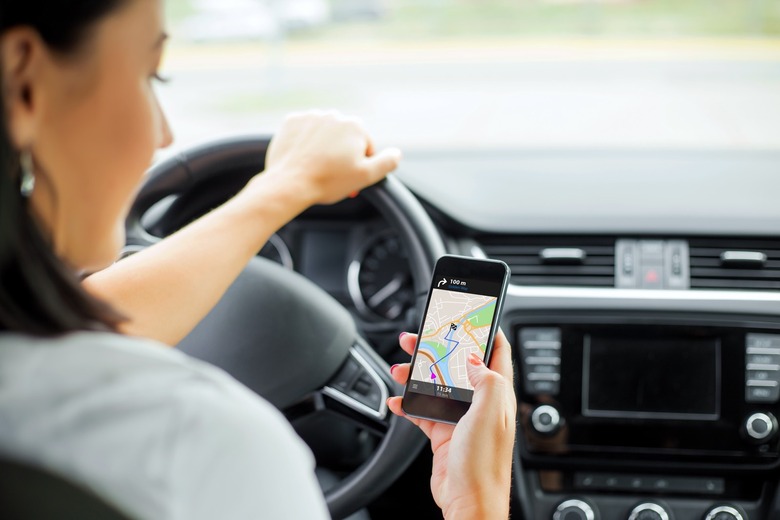How Google Maps Predicts Traffic Slowdowns Before They Happen
- Google revealed the intricacies of predicting estimated travel time and estimated time of arrival (ETA) inside Google Maps, detailing the newest upgrades meant to improve the feature.
- Google said Google Maps now uses DeepMind AI technology in its algorithms "to better predict whether or not you'll be affected by a slowdown that may not have even started yet."
- Aside from historical traffic information, authoritative data from local governments, and road quality conditions, Google Maps now takes advantage of a feature that was unique to Waze until not too long ago: Incident reports.
One of the best Google Maps features is one you might not think about. When you input a destination point and tell Google to route you according to your preferences, Google Maps will tell you how long the trip will take, and when you'll arrive. That estimated time of arrival can change according to various factors.
Google can't predict whether you'll stop along the way or decide to take a different route. But it can predict almost everything else about your trip, and update the ETA accordingly. Google explained that its estimates are about to get even better, thanks to various innovations. The adoption of DeepMind AI technology from Google's research lab is one of the sophisticated upgrades of the Maps algorithms. But there's also a feature that Google borrowed from Waze that will play a role in making those estimates more accurate than before.
Google wrote in a blog post that its Google Maps ETA predictions had a high degree of accuracy even before recent upgrades. Predictions for over 97% of trips were consistently accurate, the company says. But the partnership with the DeepMind AI lab allowed Google to use machine learning to cut the percentage of inaccurate ETAs even further in various places around the world, including Berlin, Jakarta, São Paulo, Sydney, Tokyo, and Washington D.C.
What happens under the hood is that Google Maps is now better at predicting whether you'll be affected by a slowdown "that may not have even started yet." That's incredibly sophisticated, but DeepMind isn't enough to get Google Maps there.
The app needs plenty of data to be able to make its predictions. Google Maps looks at historical traffic patterns for roads over time. It knows how busy a street is at different times of day, and it takes that data into account when predicting your ETA. The COVID-19 pandemic made it clear to Google that new information is more important than older data, so it now prioritizes traffic patterns for the last two to four weeks over patterns seen before that.
Google also takes into account the quality of roads and the size and directness of a street. That means Google Maps will be most likely to recommend highways than smaller roads, and good quality roads over unpaved roads, or roads covered with dirt, gravel, or mud.
Google Maps also relies on authoritative data from local governments that tell the application what the legal speed limit is, what roads are restricted, and whether there are tolls. On top of that, Google Maps now uses a feature that was initially only available in Waze — Google's other popular navigation service. Google Maps will take incident reports into account, which gives it even more details about the conditions of the road ahead.
The following example shows how Google Maps pulls all of these elements together for accurate ETAs:
So how exactly does this all work in real life? Say you're heading to a doctor's appointment across town, driving down the road you typically take to get there. When you leave the house, traffic is flowing freely, with zero indication of any disruptions along the way. With Google Maps' traffic predictions combined with live traffic conditions, we let you know that if you continue down your current route, there's a good chance you'll get stuck in unexpected gridlock traffic about 30 minutes into your ride—which would mean missing your appointment. As a result, Google Maps automatically reroutes you using its knowledge about nearby road conditions and incidents—helping you avoid the jam altogether and get to your appointment on time.
